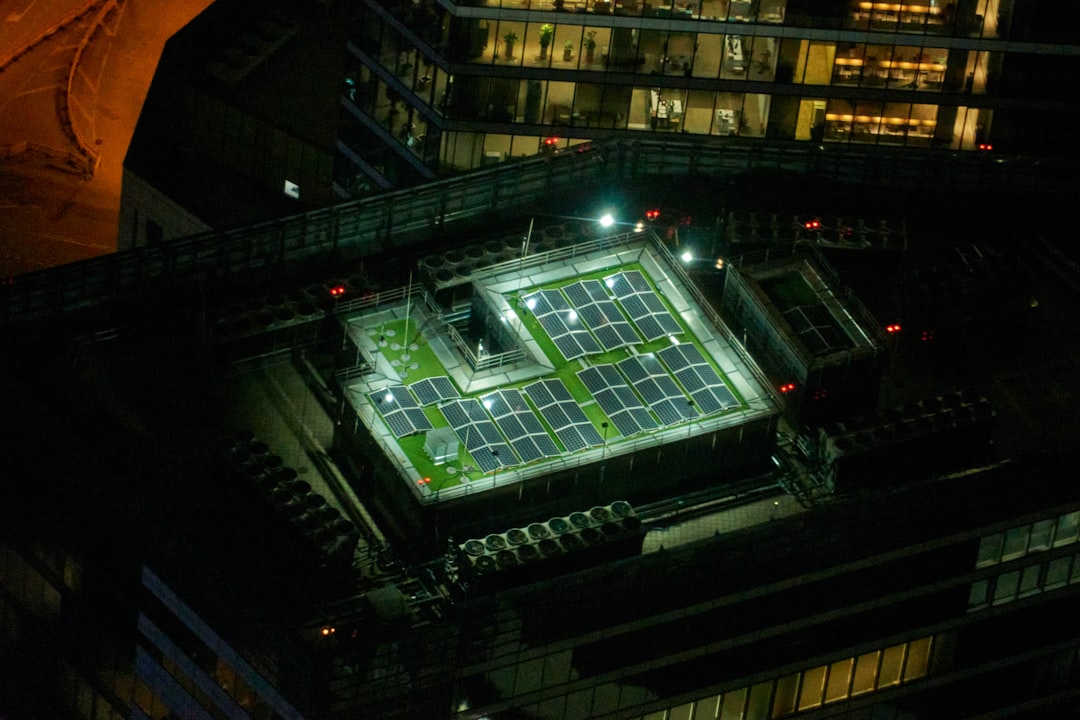In today’s rapidly evolving digital landscape, sustainability is no longer a buzzword—it’s a business imperative. As environmental concerns mount and global policies shift toward eco-conscious practices, the demand for sustainable innovations in information technology (IT) is at an all-time high. Managed Service Providers (MSPs) are uniquely positioned to lead the charge, integrating green IT solutions into their services and promoting environmental responsibility through strategic campaigns.
Why Sustainability in IT Matters
Data centers, servers, and everyday office technologies contribute significantly to carbon emissions and energy consumption. In fact, it’s estimated that the information and communication technology (ICT) ecosystem accounts for over 4% of global greenhouse gas emissions. That may not sound excessive, but it’s on par with the airline industry—and it’s growing.
For MSPs, going green is not just about reducing environmental impact. It’s also about adding value to services, meeting client expectations, staying ahead of regulatory mandates, and reducing operational costs over the long term. Greener IT practices can drive profitability and attract environmentally-conscious clients.
Building a Green MSP Strategy
Implementing sustainability in IT operations doesn’t mean a complete overhaul. Instead, it involves thoughtful adjustments, technological adoption, and a focus on energy conservation. Here are some tangible steps that MSPs can take to align with green goals:
- Virtualization and Cloud Optimization: Shifting to cloud-based infrastructure helps reduce energy waste. Cloud providers invest heavily in efficient, scalable hardware and renewable energy sources, making them a cleaner alternative to on-premise data hosting.
- Eco-Friendly Hardware Recommendations: MSPs can guide clients toward equipment with Energy Star ratings or manufacturers with take-back and recycling programs.
- E-Waste Management: Implementing secure and responsible disposal policies for outdated hardware ensures fewer toxic materials end up in landfills.
- Remote Monitoring and Automation: Tools that track energy and network usage can identify inefficiencies and optimize use, conserving both power and resources.

Designing Eco-Conscious Campaigns
One of the most effective ways for MSPs to accelerate the adoption of sustainable solutions is through strong sustainability-focused marketing campaigns. However, success requires more than adding a “green IT” badge to your website. Here’s how MSPs can craft meaningful, engaging green campaigns:
1. Highlight Environmental Benefits
Quantify the energy and carbon savings delivered by your services. For example, show how virtualization reduces power consumption by 60%, or how optimized server configurations can save up to 30% on electricity bills over a year.
2. Share Real-World Success Stories
Case studies and customer testimonials help prospects visualize the impact of eco-friendly IT solutions. Regularly featuring these stories builds credibility and encourages client participation in sustainable practices.
3. Engage Through Green Certifications
Partnering with certified green technology vendors and obtaining eco-certifications such as ISO 14001 or Green Business Bureau accreditation can serve as a trust booster in your campaigns.
4. Use Visual Content
Infographics, animations, and video explanations resonate particularly well when demonstrating environmental impact. An animated breakdown showing the lifecycle of an eco-friendly PC can engage far more than a written paragraph.

High-Impact Green Initiatives for MSPs
There are several key initiatives that can dramatically enhance sustainability and serve as strong centerpieces in marketing campaigns:
Device Lifecycle Management
Encourage clients to understand product lifecycles—extending the life of usable equipment or ensuring responsible recycling. Offer services that include scheduled audits and equipment repurposing. This reduces the environmental cost of frequent replacements and minimizes e-waste.
Green Data Hosting Solutions
Offer options for data storage and hosting with providers that utilize renewable energy or have carbon-neutral data centers. Highlight these features in client consultations and marketing materials.
Sustainable Printing Practices
Assess your clients’ printing needs and provide digital alternatives where possible. For essential printing, recommend energy-efficient printers, recycled paper usage, and default duplex settings.
BYOD and Remote Work Solutions
Promote Bring Your Own Device (BYOD) policies and cloud access tools that support hybrid workplaces. These practices reduce the need for disposable hardware and daily commuting, significantly lowering carbon emissions.
Training and Internal Culture Shift
Sustainability should begin within. MSPs that champion eco-friendly internal operations are better positioned to advocate those values externally. Here’s how to foster a green culture in your own organization:
- Educate Your Team: Introduce regular training modules that explain green technologies, sustainable client solutions, and business advantages.
- Adopt Paperless Practices: Use digital documentation, billing, and communication systems where possible.
- Practice What You Preach: Use energy-efficient equipment, enable power-saving settings on company devices, and switch to green hosting for your own infrastructure.
Internal changes not only reduce your carbon footprint but serve as a demonstration of authenticity when marketing green services to clients.
Technologies Powering the Green Shift
Innovation continues to drive opportunities for sustainable IT. Understanding the emerging tech landscape empowers MSPs to stay ahead. Here are some technologies fueling green IT initiatives:
- AI-Based Optimization: Artificial intelligence can help predict energy demands, optimize server usage, and improve operational efficiency at scale.
- Edge Computing: By processing data closer to its source, edge computing reduces the load on centralized data centers, minimizing energy spent on data transport.
- Low-Power Architectures: ARM-based servers and other next-gen chips consume far less power than traditional x86 systems.
- Decentralized Cloud Infrastructure: Distributed computing models help reduce demand on mega data centers and balance energy loads across regional environments.

Challenges in Going Green – and How to Overcome Them
Going green isn’t without its obstacles. Budget constraints, client resistance, and internal inertia can hinder progress. But with strategic planning, these barriers can be overcome:
- Budget Limitations: Position green solutions as ROI positive. Provide long-term cost savings projections that justify initial investments.
- Lack of Awareness: Use your platform to educate both staff and clients about the environmental and economic benefits of sustainable IT solutions.
- Changing Legacy Systems: Approach this incrementally. Offer modular upgrades and scale-friendly implementation plans that minimize disruption.
Frame sustainability as an enhancement, not an obligation. The outcome is not only greener, but smarter and more forward-thinking technology operations.
The Road Ahead for Green MSPs
As regulatory landscapes evolve and consumer expectations rise, the green revolution in IT is only accelerating. MSPs that embed sustainability into their operations, offerings, and campaigns will find themselves at a competitive advantage. Clients are actively seeking partners who can help them meet their environmental, social, and governance (ESG) goals.
Adopting a green IT strategy isn’t just about environmental impact—it’s about innovation, resilience, and better business opportunities. By stepping up as advocates for sustainable tech, MSPs can become powerful catalysts for change, helping not only their clients but the planet as well.
In the coming decade, success in the world of managed services will be shaped not just by uptime and response times, but by responsibility—to people, profit, and the planet.


